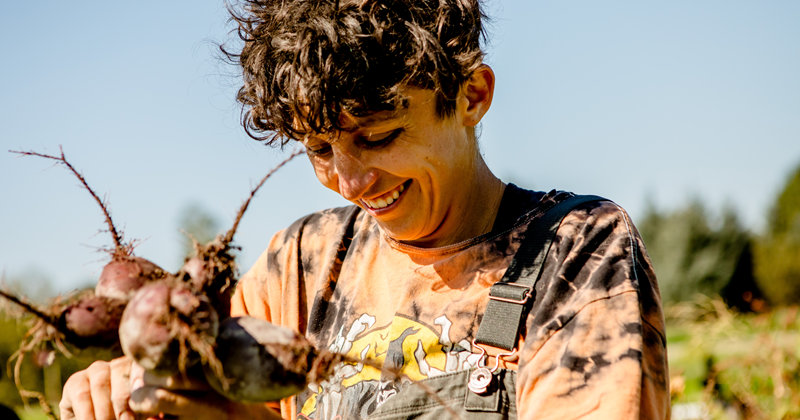A Brief History of Squash and Celeriac
It’s sort of strange to think of vegetables as not “always” having been the way that they are – that all of them began as some wild, sometimes unrecognizable version of what they are today, carefully (or, perhaps, recklessly) bred into the delicious treats we get to eat today. This week, I did a bit of research on two of our crops: squash and celeriac. I hope you enjoy.
The first squash was cultivated about 8-10,000 years ago in modern-day Mexico. It is thought that their hard shells were initially used as utensils and containers before the plant and its fruits were found to be delicious. Their young shoots, leaves, tendrils, flowers, and seeds are all edible – and they are filled with minerals, carotenes, and vitamins. The word “squash” comes from the Narragansett word “askutasquash”, which means “eaten raw or uncooked”. Squash was domesticated before corn and beans, and the three plants are often inter-planted as polyculture: squash’s large leaves work as living mulch and keep the soil moist. Farmers and traders spread the seeds across the Americas, and today they are a globally beloved crop, along with their relatives: cucumbers, luffas, melons, and watermelons.
Celeriac is not a beautiful root. It kind of looks like a crazy, hairy turnip, and I admit that I was hesitant to try it. It’s a relative of celery, bred for its thick root, that became widely grown in Europe in the 1600s. However, celeriac has been around for much longer: it’s mentioned in The Odyssey as “selinon”, and was used as a broad medicinal plant in Greece, Egypt, and Italy. Once peeled, the root is white and has a kind of celery-parsley taste. Its relatives include anise, carrots, parsley, and parsnips, and it can be used as you might a potato. It is also the star of the French dish celeri remoulade, where peeled and grated celeriac is soaked with lemon juice (like ceviche!) and mixed with mustard and mayonnaise (or, fancily, a dijon aioli).
Thank you for reading,
~Gigi

